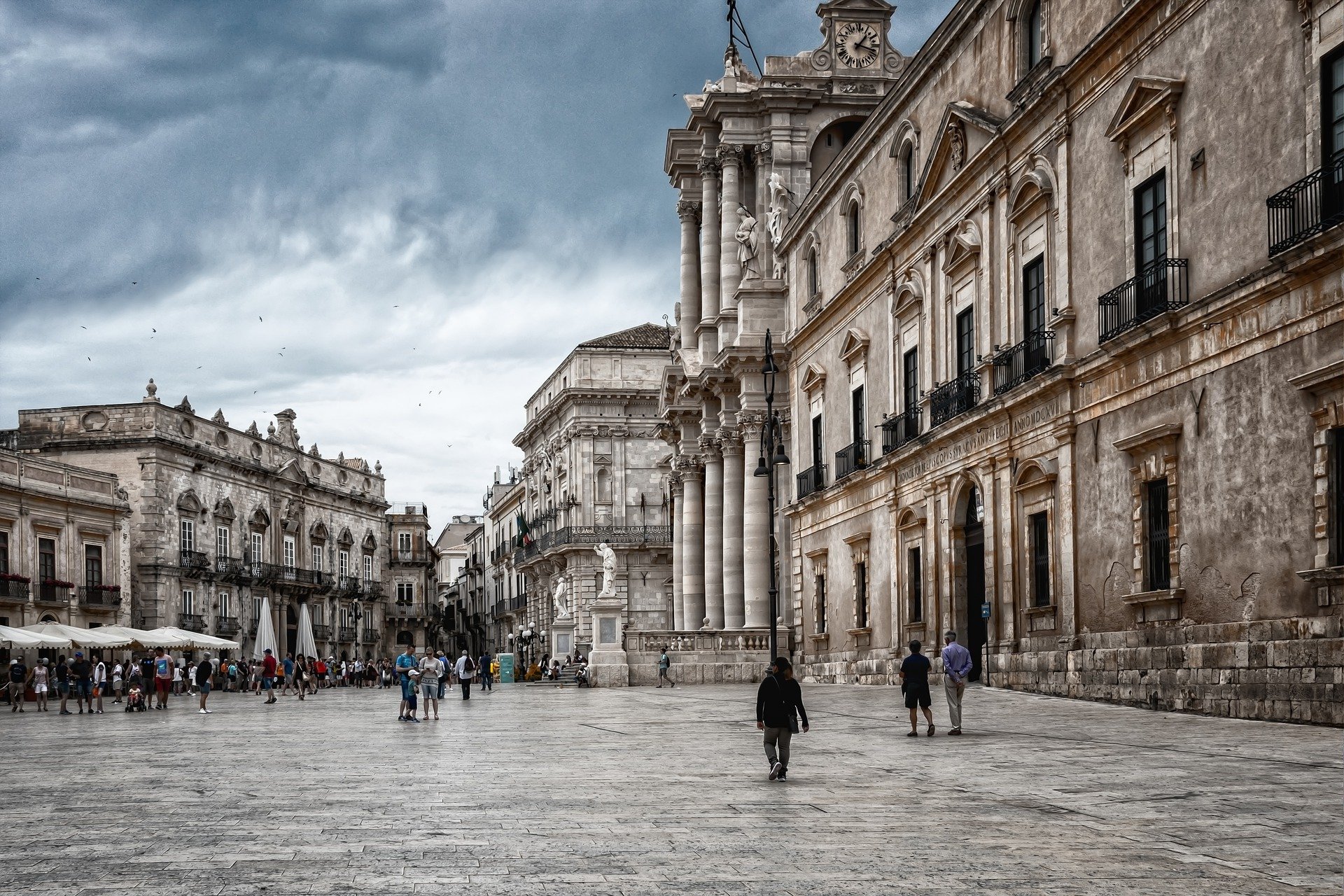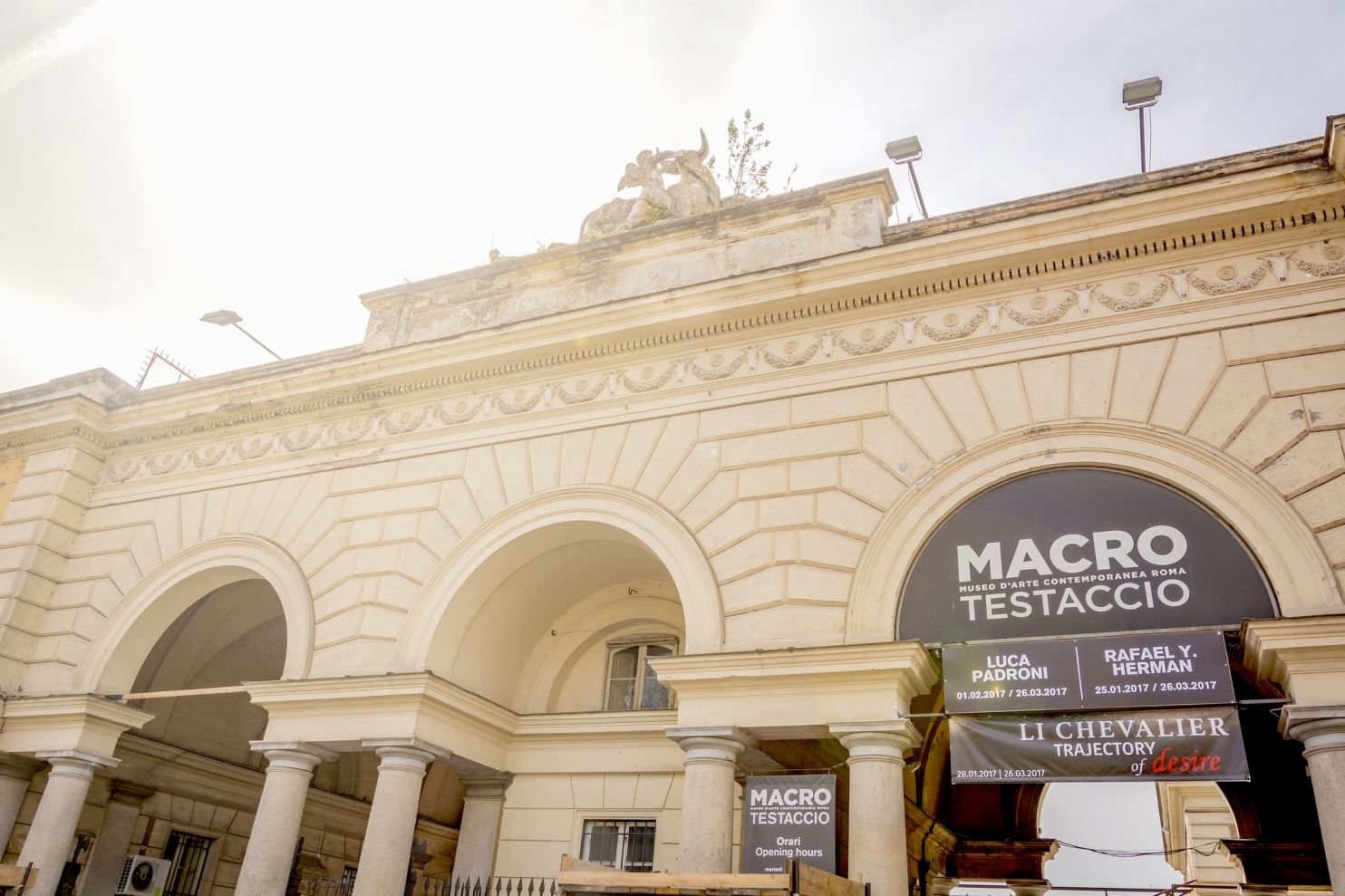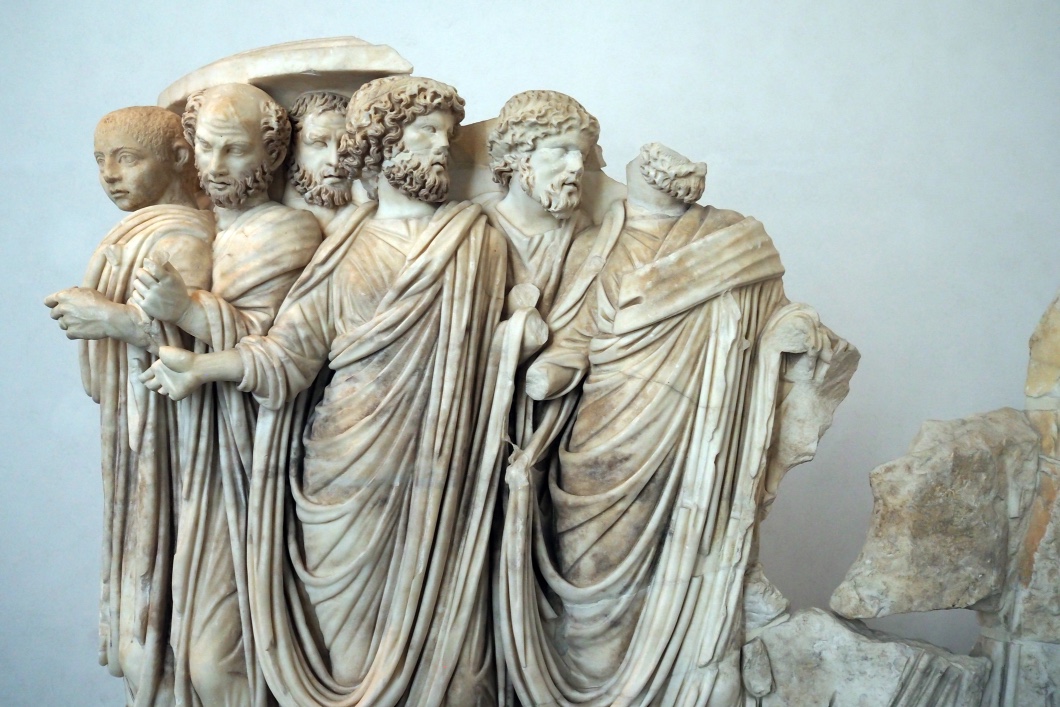You’ve heard about those books that people call page turners or books that readers hoped would never end. This is one of those that you want to put down, that you want to end, but for the right reason. It is a book that inspires you to reach for the phone and call United or Alitalia to take the next flight out for Palermo.
My wife, Carole, and I have been to Sicily three times, twice over the last five years, and yet while reading the Edwards’ fascinating and engrossing account of literary Sicily, it was all I could do to keep from reaching for the phone.
Born in England, the Edwards have traveled extensively in Spain, Greece, and Sicily, where they now have a home. With a focus on Mediterranean culture, they have published widely in Italian magazines. In Sicily: A Literary guide for Travellers, they take the reader on a three-hundred and sixty-degree tour of the Sicilian landscape.
Their text is accompanied by an easy-to-read road map listing only the towns and villages they discuss. Sicily is not the usual travel guide: a dry description and historical outline of the usual monuments and places. Rather, following the trail of famous writers and composers, from American and British to French, German, and Sicilian, as well as other lesser known artists, they are able to give the reader an intimate, detailed look at Sicilian culture.
More often, they take the reader to obscure and seldom visited locales, even in the most obvious cities. For example, you may have been many times to Palermo, but did you stay at the Grand Hotel et des Palms, bypassing it, perhaps, for a trendier and more upscale boutique hotel? For the average American tourist, its online recommendations leave something to be desired. Yet there is more to the hotel than would otherwise meet the eye.
The Edwards tell us that it was originally the luxurious villa of the Ingham-Whitaker Marsala wine barons, the very same scoundrels who hoodwinked the Marchesa di Scalea in Anthony Di Renzo’s Trinàcria: A Tale of Bourbon Sicily that I reviewed last month in this column. By 1874 it was turned into a hotel, and over the last one-hundred and fifty years a long list of famous writers, artists, and musicians, including Maupassant and Wagner, have stayed in the hotel. A leisurely stay at the hotel allows the traveler to savor an important aspect of the Palermo’s complex history as one of Mediterranean’s and Europe’s most important cultural centers.
The Edwards then set out east of Palermo in their tour of the island to Bagheria, Caccamo, and Cefalù. Along the way they give us accounts of historical and contemporary writers. One is Dacia Maraini, who is from Bagheria. Her home in the center of the town is across from the famous Palagonia with its display of grotesque gargoyles, which the Edwards describe in detail, including the villa’s intriguing history. The ancillary value of the Edwards’ literary journey around Sicily is that the reader is informed of writers’ other lesser-known works. Maraini, in addition to The Silent Duchess and her other well-known novels, also wrote a memoir of her hometown that becomes yet another source for further reading on Sicilian life and culture. The Edwards’ text is followed by an extensive bibliography for further reading.
There is an obligatory stop at Tindari, the locale of one of Andrea Camilleri’s novels. Even in the well-known tourist spots along their journey, the Edwards find interesting locales that are too easily missed by the average traveler. In Taormina, renowned for its view of the Mediterranean and of the still-simmering Mt. Etna, they take the reader to Casa Cuseni, the house of Daphne Phelps, now an exclusive hotel. Little known today, Phelps entertained a variety of guest at her villa, from Peggy Guggenheim to Bertrand Russell.
In Bronte, we learn about the connection to the famous nineteenth-century English novelists, the Bronte sisters. Their original name, Brunty, was changed to Bronte, taken from a relative’s estate in Sicily. But this is not mere name dropping. Rather, what emerges from portraits of such historical figures and the details of their lives is a view of what constituted the layers of Sicilian culture over the last one hundred years. It was a crossroads of North American, European, and Mediterranean cultures.
As the Edwards tell us, for nineteenth-century travelers ancient Greek and Roman sites became their major focus. Judith Harris in her Pompeii Reawakened, which I will review next month, tells us that by 1820, British publishers published more than forty travel books, diaries, letters, and guides, of Italy, Sicily included. Among those locales, Syracuse’s Hotel Villa Politi became the residence of choice for a long line of famous writers and personalities. Formerly owned by the upper-class artist Salvatore Politi, this “belle époque” villa with its finely-crafted wood panels was visited by Winston Churchill during the allied invasion of Sicily. The hotel’s bar bears his name. As a stop on their visit to Sicilian antiquities, poet Siegfried Sassoon and his traveling partner stayed at the Hotel Politi, as did writers Edmondo De Amicis and Gabriele D’Annunzio. For the nineteenth-century traveler, Sicily had become a major destination.
Frances Minto Elliot wrote in her memoir, The Diary of an Idle Woman in Sicily, “I was dying to see Syracuse. My vision by day, my dream by night.”
While it was the destination for some, it was the starting point for Washington Irving, whose visit to the island corresponded with Samuel Taylor Coleridge’s in Syracuse, where they met at a masked ball. Sigmund Freud was also a student of archeology, especially Magna Graecia sites, and found the city so interesting that he even gave the city a psycho-social “metaphorical analysis.” Like Palermo, Syracuse allows travelers to choose among the historical periods that contributed to the city’s complex history, whether it is the famous Ear of Dionysius or, the Roman, Moorish, Norman, and Spanish influences.
On the road along the south coast, the Edwards follows the trail of literary Modica, Ragusa, and Comiso, as well as the Valley of the Temples lying just to the east of Agrigento, which was all but destroyed by the allies during World War II. But Eadwards inspire the traveler not to be put off by Agrigento’s outward appearance of modern concrete apartment buildings. They tell us that its 1960s façade “hides a medieval heart and a classical soul” worthy of exploration.
Beginning in the late eighteenth-century, Agrigento’s Valley of the Temples was the primary destination of those Grand Tour travelers and later in the nineteenth-century the focus of the rising middle-class tourists from Europe and America. Johann Wolfgang Goethe, in his Italian Journey and Henry Swinburne in his Travels in the Two Sicilies contributed to the mystic and grandeur of this remarkable site. British twentieth-century novelist Lawrence Durrell in his travel log, Sicilian Carousel, turned his critical and appreciative eye on the much neglected historical core of the city.
In nearby Porto Empedocle, the home of Andrea Camilleri, the Edwards insert a photograph of a life-size bronze statue of Camilleri’s Inspector Montalbano. Porto Empedocle is the real locale of the fictional Trattoria San Calogero where Montalbano often relaxes over a ritual feast of pasta, fish, and local wines after a long, frustrating day of investigating crimes. It is in scenes like those at the San Calogero that Camilleri highlights the depths and complexity of Sicilian culture, the cross hatching of its Mediterranean cuisine, dialect, history, social class, and modern problems. In his novels we learn that history is always present in Sicily.
No literary tour of Sicily would be complete without mentioning one of its most famous contemporary writers, Leonardo Sciascia, born in Racalmuto, just minutes to the east of Porto Empedocle. His fictional town Regalpetra is a thinly disguised double of his Racalmuto, where the townspeople have erected two
monuments to their internationally famous writer. While Montalbano keeps a close eye on his Porto Empedocle, Sciascia’s bronze likeness nonchalantly strolls down an avenue through the heart of Racalmuto. The Edwards move on to the west coast to Mazara del Vallo, Marsala, Trapani, and Erice.
These are sites that have been the focus of writers for more than two centuries. Though seldom visited, they are as rich in their history as any Sicilian city. Each has a small but elegant city center where the traveler can relax at a sidewalk café for hours while observing the rhythm of Sicilian life around them.
Goethe wrote in his Italian Journey that “To have seen Italy without having seen Sicily is not to have seen Italy at all, for Sicily is the clue to everything.” Goethe’s nineteenth-century observation is as true today as it was for his generation of travelers. We see in today’s Sicily that same collision that exists throughout Italy between the past and a postmodern society. But we cannot ever minimize the uniqueness of Sicilian culture, with its deep roots in the history of the Mediterranean. As Carlo Levi wrote in Words Are Stones: Impressions of Sicily, “Sicily, like all of the South, is moving, but in its own particular ways.” It is an Island, Levi concludes, that “day by day, is changing, and courageously gaining an awareness of its own existence.”
Ken Scambray’s most recent works are The North American Italian Renaissance: Italian Writing in America and Canada, Surface Roots: Stories, and Queen Calafia’s Paradise: California and the Italian American Novel . His essays on the Watts Towers and the Underground Gardens appear in Italian Folk: Vernacular Culture in Italian-American Lives, ed. by Joseph Sciorra and Simon Rodia’s Towers in Watts: Arts, Migrations, Development ed. by Luisa Del Giudice
































